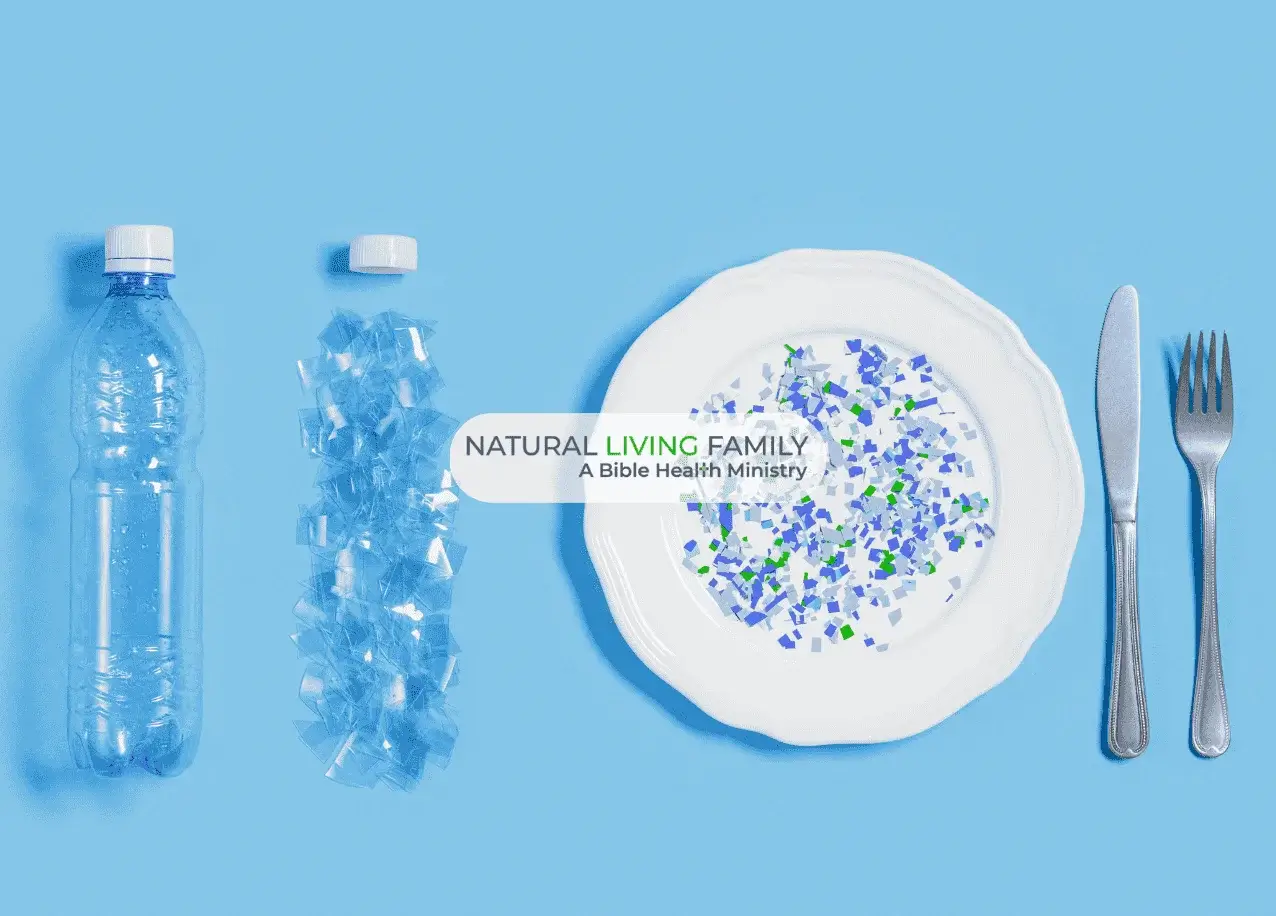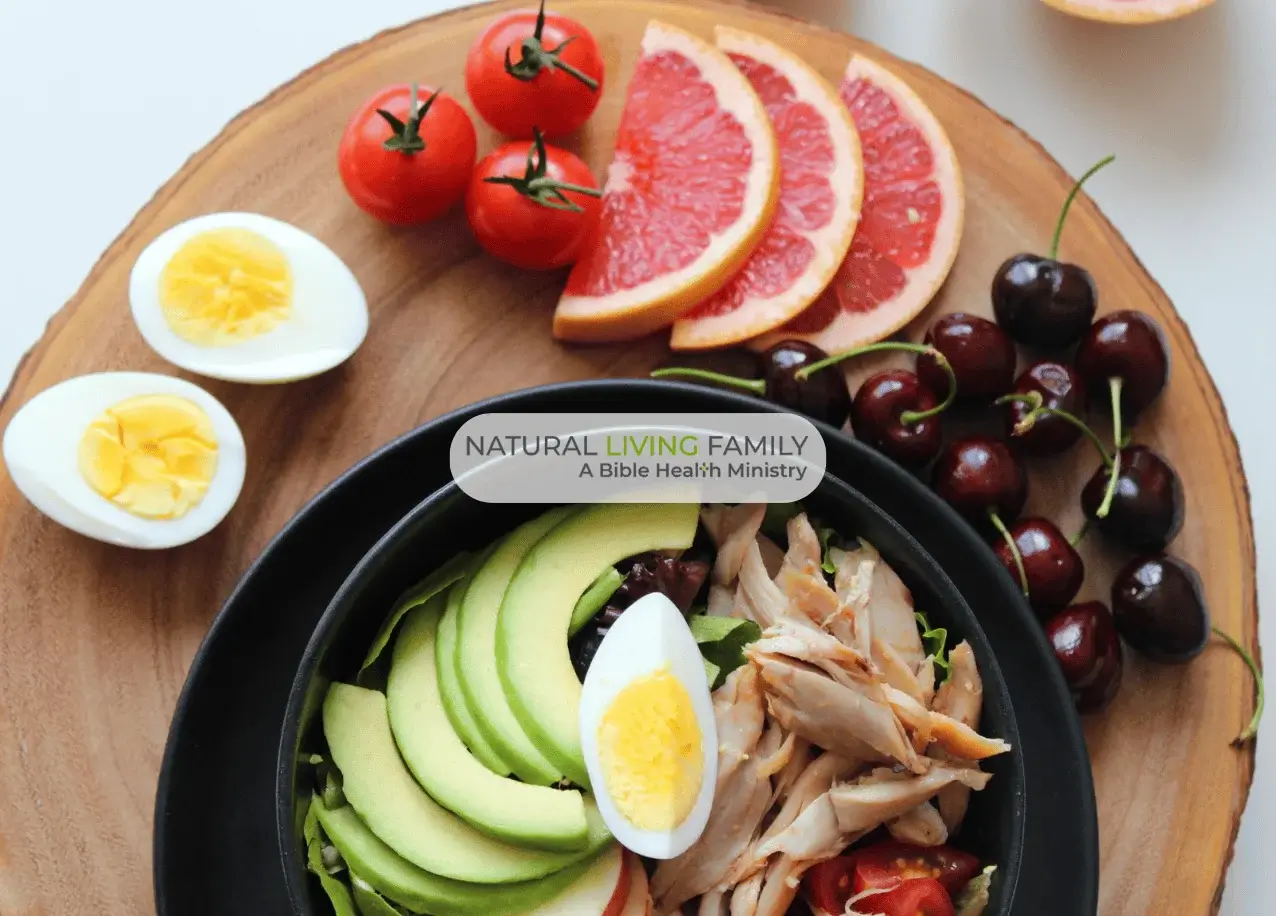What is xanthan gum? This substance is commonly used as a binder in gluten-free foods, or to help with textures in frozen dairy foods such as ice cream. It’s an interesting ingredient because it’s included in many “natural” health foods, yet at the same time makes it inside cosmetics and industrial products.
Is it safe to eat? Let’s find out….
Table of Contents
What Is Xanthan Gum?
Xanthan gum is an all-natural and effective emulsifier. Therefore, it is also considered nonhazardous for numerous fracturing and drilling fluids and brines.
Technically, xanthan gum is what’s called a complex exopolysaccharide. In other words, this means that it’s a polymer made up of sugar residues. Microorganisms in the environment secrete these sugar residues. In fact, xanthan gum comes from plant pathogenic bacterium. This is a disease-causing microorganism that is often found in plants. In foods and other products, xanthan gum is often used as a stabilizer and thickener. (1)
It’s quite fascinating how xanthan gum is manufactured.
First, the bacteria Xanthomonas campestris ferments sucrose, lactose, glucose. This produces the xanthan gum. It is then made into a solid or precipitated by isopropyl alcohol. After this, it is dried and ground into a powder that is very fine. At this point, liquid can be added to the powder, and a gum is created. (2)
You’ll see xanthan gum commonly used in:
- Sherbet and ice cream
- Jams, jellies and sauces
- Pudding
- Lotions
- Cosmetics
- Pastry fillings and baked goods
- Industrial products
- Salad dressings
- Yogurt
- Toothpaste
- Medicines
- The list continues …
Safety and Side Effects
Xanthan gum is fairly harmless as long as you’re not allergic to it. But one important point is that those with digestive issues may not tolerate xanthan gum very well. With that being said, it’s not as bad as many say that it is. Most people would agree in the scientific community that it’s perfectly fine to consume a maximum of 15 grams of xanthan gum every day. (4)
Xanthan gum has been found to be a powerful laxative. According to the British Journal of Nutrition, it can actually cause “significant increases in stool output, frequency of defecation and flatulence.” (5)
Other than this problem, however, it has been consistently said that xanthan gum is relatively harmless. According to a Toxicology and Applied Pharmacology article in 1973, there was, “No significant effect on growth rate, survival, hematologic values, organ weights or tumor incidence” when rats were given one gram of xanthan gum every day. (6)
As would’ve been expected, “Soft stools were noted more frequently for the high- and middle-level males, but the differences from the control group barely reached the level of statistical significance.” This means that your digestive system will be affected by xanthan gum the more that you consume it. That’s why you should only take a maximum of one gram every day or less.
There are not many studies that look at the effects of xanthan gum on humans, but there are a few, and they seem to prove that xanthan gum is a rather favorable food additive.
For example, a study was published in 1987 that gave 10.4 or 12.9 grams of xanthan gum to male volunteers. This equals approximately 15 times the acceptable intake per day of xanthan gum. This was given to the men every three weeks.
According to the study, there was expedited digestion in all study participants, and there was a significant change in the texture and weight of fecal matter, but it did not affect: (7)
- Insulin tests
- Plasma biochemistry
- Urinalysis parameters
- Hydrogen and methane breath testing, which is a test for sugar malabsorption
- Glucose tolerance
- Triglycerides, phospholipids, and HDL cholesterol
- Blood markers
- Immune markers
This generally shows that xanthan gum does not go into the bloodstream, and you should feel confident that most of it will stay in your digestive tract when you eat it.
Health Benefits
Xanthan gum is a binding agent when baking and is a healthy alternative to gluten, which makes this a wonderful tool for celiacs and for folks with gluten sensitivities or specialized diets.
From a medical perspective, there have not been very many research studies that have looked at the benefits of xanthan gum, but one study was published in the journal International Immunopharmacology in 2009. This study showed that there were some cancer-fighting properties in xanthan gum. It looked at giving the gum to people orally and found that it “significantly retarded tumor growth and prolonged survival” of mice inoculated with melanoma cells. (8)
Xanthan gum may even be able to help those who have oropharyngeal dysphagia. Because of its increased viscosity, it may be able to help them swallow more easily. (9) Oropharyngeal dysphagia is a condition where individuals have trouble with food entering their esophagus because of nerve or muscle abnormalities. It is quite common in those who have had strokes. In this way, xanthan gum may be able to help these individuals considerably as it can aid in aspiration.
Another interesting point is that because of the increased viscosity of xanthan gum when it is mixed with fruit juice, it may help to keep blood sugar spikes to a minimum. (10)
Additionally, there were a few Internet sources that said that xanthan gum is good for the hair and skin, and there were several studies to back this up.
5 Substitutes for Recipes
If you find yourself sensitive or allergic to xanthan gum keep in mind that there are natural alternatives that may be even better. (11)
1. Psyllium Fiber
Food Research International recently published an article that said: “Psyllium, besides being an excellent source of natural soluble fiber, has been widely recognized for its cholesterol-lowering effect and insulin sensitivity improvement capacity.” (12) In fact, researchers in Iraq have found that psyllium fiber, which is sold often as a dietary fiber supplement, is a great alternative for gluten.
It is well known that in water, soluble fibers immediately become sticky and gelatinous. From this, they found that just “adding up to 5 percent of psyllium can improve the baking characteristics of bread.” (13)
Of course, you will read in other sources that you should use upwards of 10 percent because additions that are higher will create a crumb that is softer. As you might expect, you’ll also need to up the liquid content or add some water to your recipe in order to compensate for the fiber absorbing extra water.
There’s no one rule for this, but I do suggest doing a little bit of experimentation. Let your batter or dough sit for a while in order to allow the psyllium to create a gelatin consistency. From there, you can add more liquid in order to achieve your desired consistency.
2. Chia Seeds
Chia seeds are actually very similar to psyllium. They contain a high amount of soluble fiber, and they are quick to gelatinize. In America, they’ve become a quick super food because they have tons of energy and are packed with nutrients.
The reason that chia seeds are so successful is that they contain a favorable omega-6 fatty acid and omega-3 fatty acid ratio (3:1). This has been shown to help greatly with inflammation, which is linked to numerous diseases. (14, 15)
If you add chia seeds to liquid, you’ll get a substance that is Jell-O-like, and it can help the overall structure of your pastries or baked goods. These seeds also retain water, so they’re extremely effective at preventing gluten-free foods from getting too dry. This is a common negative of gluten-free foods. See our health report on the benefits of chia seeds.
3. Flax Seeds
Flax seeds are known to be rich in omega-3 fatty acids too, and they have been used in food items and breads for thousands of years. There are numerous health benefits to flax seeds, and they’ve been linked to improvements in high cholesterol, cancer, and obesity. (16, 17, 18)
When you grind flax seeds into a fine powder, they can be a great binding agent, and they can be a great replacement for the gooey gluten effect that many bakeries want in their goods.
Of course, it must be noted that the same effect cannot be achieved with whole flax seed. You have to take off the hard outer shell in order to get the binding benefits. Put ground flax seed in some boiling water, and you’ll get a gluten-free, thick paste that can be used in any recipe you want to create.
4. Gelatin
Gelatin is a breakdown of collagen. It has been used for numerous health and medical conditions for thousands of years. It can help with sensitive stomachs, food allergies, and promote overall healthy bacteria growth and balance.
Gelatin is definitely a healthy food, and according to the Weston A Price Foundation, “Prior to the mid-20th century, doctors recommended the addition of glycine-rich gelatin to the homemade infant formulas that were used when breastfeeding was not possible!” (19)
I could continue on and on about this healthy food, but let’s just say that it’s a great super food. Similar to ground flax seed, it’s a great alternative to xanthan gum and a wonderful gluten-free product. Just add some water and you’ll get a great gooey mixture that can help you with your baking.
5. Agar Agar
Vegetarians and vegans won’t be able to eat gelatin because it’s an animal product. Therefore, agar agar is a great xanthan gum substitute and the best alternative. It’s a great plant-based substitute for gelatin. Japanese people often use this product to drop excess weight because it has a great bulking effect. Moreover, it can even help with constipation and possibly with diabetes. (20)
Agar agar is made from seaweed. It is fast thickening, and it is great as a food-stabilizing agent. It is flavorless. Add water just like you would with gelatin, and you’ll get a substance that is gel-like and one that will give your foods a true breadlike texture.
So here’s the decision you need to make. Ask yourself, what is xanthan gum and is it healthy or should I use a xanthan gum substitute?
References:
- https://pubmed.ncbi.nlm.nih.gov/9763683/
- https://en.wikipedia.org/wiki/Xanthan_gum
- https://www.cargill.com/bioindustrial/industrial-xanthan-gum
- https://www.webmd.com/vitamins/ai/ingredientmono-340/xanthan-gum
- https://pubmed.ncbi.nlm.nih.gov/8329363/
- http://www.sciencedirect.com/science/article/pii/0041008X73901786
- https://pubmed.ncbi.nlm.nih.gov/3549377/
- https://pubmed.ncbi.nlm.nih.gov/19788935/
- https://pubmed.ncbi.nlm.nih.gov/24628492/
- https://pubmed.ncbi.nlm.nih.gov/23713534/
- https://gluten-free-bread.org/5-alternatives-to-xanthan-gum-and-guar-gum-in-gluten-free-baking
- https://web.archive.org/web/20170808124656/http://hydh.hbstl.org.cn/uploadfiles/BV0TZQWS1291617857741.pdf
- https://www.thefreelibrary.com/Psyllium%20optimizes%20baking%20quality%20of%20bread-a0125948426
- http://nutritiondata.self.com/facts/nut-and-seed-products/3061/2
- https://pubmed.ncbi.nlm.nih.gov/12442909/
- http://jn.nutrition.org/content/140/11/1937.full
- https://nutritionandmetabolism.biomedcentral.com/articles/10.1186/1743-7075-9-8
- http://clincancerres.aacrjournals.org/content/11/10/3828.short
- https://www.westonaprice.org/health-topics/why-broth-is-beautiful-essential-roles-for-proline-glycine-and-gelatin/
- https://www.webmd.com/vitamins/ai/ingredientmono-80/agar











